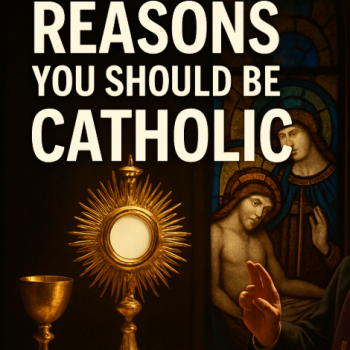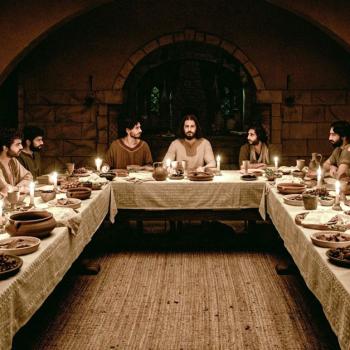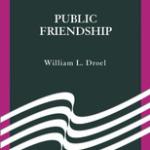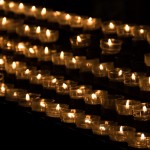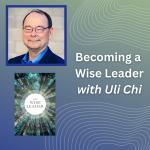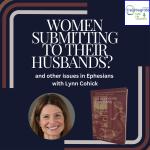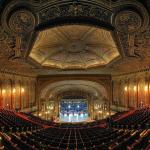“Even if it is not factual, it is too good a story not to be true.” Thus spoke a student. The conversation in class was about the Virgin Birth and more generally about approaches to Scripture.
For most of Christian history Scripture was unquestioned; certainly not questioned in the way it is nowadays. The taken-for-granted approach to Scripture changed in the modern age, beginning let’s say in 1500. Modernity means that opinions ought to be verified through exploration, experimentation and examination. Is the earth flat; is the earth the center of the universe? The change became more pronounced during the Age of Reason; from let’s say 1715 to 1789. Many philosophers and scientists at that time asserted the superiority of science/reason. They opened the door to widespread skepticism. Religion thus became OK as long as it was considered a private matter, not involved in public affairs. At the end of the eighteenth century and again during the mid-1800s, the change became hostile in some places; dramatically so in France. Subsequently, some French existential philosophers championed a free-acting individual. They equated the obligations of religion to slavery.
A twist on all this occurred in the late 1960s with the arrival of deconstruction. This curious philosophy is explicit only in college literature courses, in some philosophy texts and at rarefied conferences. But its premise is widespread in schools, on TV and in public discourse. The current federal administration, for example, provides succinct summaries of deconstruction: “There are alternative facts,” says Kellyanne Conway. “Truth isn’t truth,” says Rudy Giuliani. And to whatever displeases him, President Donald Trump grouses: “Fake news.”
Some religious leaders react to the modern blessing of science and reason by claiming that Scripture is to be read “literally.” The leaders in this literal Scripture approach also happen to be the very ones who seeming know what the literal interpretation might be. This general approach is enormously influential in the United States. It is used not only by fundamentalists, but also with some qualifications by evangelicals and implicitly by many Catholics. Some Catholic teachers and preachers know better than to rely on the literal but they continue to spread it among children and worshipers. That’s because either these Catholic leaders have not sufficiently studied the proper Catholic approach or these leaders are afraid of criticism.
Some liberal religious leaders also overreact to the encounter between Scripture and science/reason. But they react from the opposite direction, putting the accent of reason. Yet like fundamentalists, they buy into a modern assumption that only the factual is true. So for example, they are fond of mentioning that the word maiden is a more accurate English translation than virgin. In so doing, they answer with self-satisfaction a question no one was asking.
Since Vatican II (1962-1965) Catholics are to appropriate Scripture using the historical/critical method. This means that modernity within its proper limits is a blessing to Christianity. The discoveries of science and the advances in reason contribute to truth and all truth (lower case) leads to Truth (upper case). For example, knowledge of the politics of ancient Rome and of the culture of Judaism greatly contributes to an understanding of the Christmas stories in Luke and Matthew. At the same time, the Catholic method (by contrast with fundamentalism) does not consider Scripture to be primarily a history text. It contains many pieces of history but also several other types of writing, all of which are meant to serve God’s revelation.
Science aids faith. Reason aids faith. But truth/Truth is greater than science. Marital love, for example, is a conduit of God’s grace. It is true, but not scientific. Enchantment, as experienced in December in Chicago’s Loop or around one’s Christmas tree, is true though obviously not scientific. Volunteering at our local church’s big food giveaway during Advent elucidates the truth of Matthew and Luke. The giveaway morning is well-planned but still chaotic enough to defy scientific engineering… just like Luke and Matthew’s accounts of God’s big giveaway.
Mary is the virgin mother of God. Beautiful and true. Joyful, even in her difficult circumstances. Enchanting precisely because we know so few details about her, but we know the one important truth: Mary’s unscientific fiat.
Droel edits a free newsletter on faith and work, INITIATIVES (PO Box 291102, Chicago, IL 60629)





